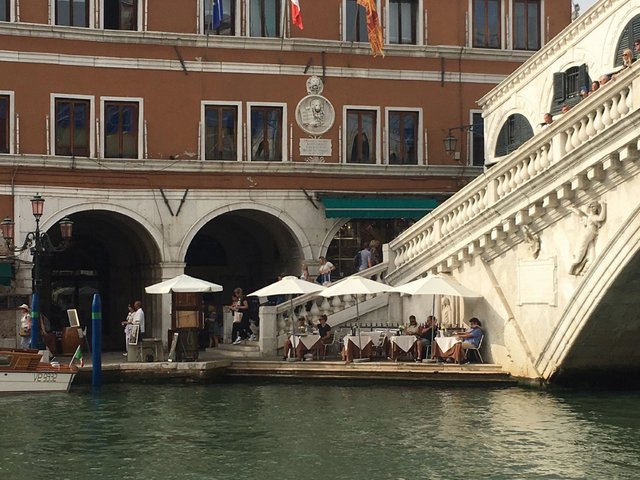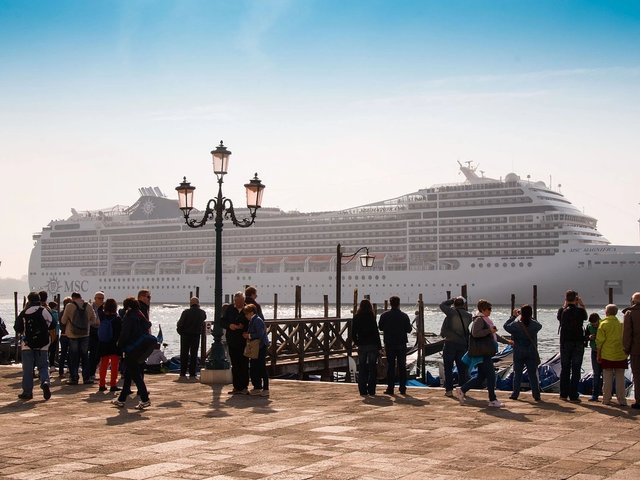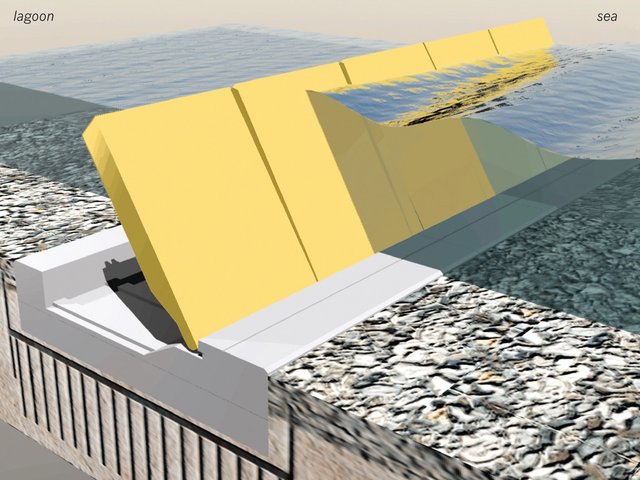If analyses by the engineers of the Veneto are right, the implications of a decision to be taken this month by the Italian government could be fatal for Venice. The engineers argue that Venice may sink by up 30cms (12 inches) if gas extraction is allowed in the Adriatic off the Lagoon. The Italian Secretary of State for the environment, Edo Ronchi, is currently considering a report on whether Agip, the Italian oil and gas company, can go ahead with the planned exploitation of the area.
Last June, the Giornale dell’Ingegnere, the official bulletin of the Veneto engineers, carried an article drawing attention to the fact that the extraction of gas and water in the seas off Ravenna in 1950s and 60s led to subsidence of up to 110cm. There is disagreement as to whether gas or water was the main culprit: a government committee decided for gas, while Claudio Miccoli, the Ravenna town councillor responsible for heritage, subsidence and water and gas utilities, believes that the subsidence was largely due to water extraction. Once water management was rationalised, he says, subsidence fell from 11cms a year to about one, but he admits that part of that centimetre may have been caused by Agip’s activities. Agip claims that the subsidence was entirely due to water extraction.
The Venice engineers’ paper disagrees with Agip. They point out that the exploitation of the Dosso degli Angeli reservoir off the Ravenna coast brought about subsidence of one metre at its worst, affecting an area over a 30km radius. They say that the main gas reservoir off Chioggia, which Agip wants to exploit now, is closer to the surface than the Ravenna ones, is contained in sandy layers and is more porous—in other words, is even more likely to sink. On the basis of the Ravenna and Po estuary experience, the engineers believe that extraction might eventually cause subsidence of 30cms, which “would mean the death of Venice and Chioggia.”
As it is, Venice is already 21cms lower down in the water than it was in 1900. Natural subsidence and the rise in sea level account for respectively 3cms and 9cms and a further 8.5cm was caused by water extraction in the Porto Marghera area during the 50s and 60s.
Agip objects that subsidence only occurs in 10% of drilling and that, in any event, it would be limited to the perimeter of the fields and would “never” affect Chioggia, Ravenna and Venice, which are not connected to the water layers of the gas reservoirs. The company maintains that any slight subsidence in the extraction area can be prevented or counteracted by injecting sea water, but the Veneto engineers claim that the water-bearing layers surrounding the Chioggia reservoir are independent, so that the effect of the gas extraction could not be counteracted by injecting water.
The town council of Venice, which opposes the drilling, says that nowhere in the world has such compensatory technology been tried on this type of reservoir.
In May 1995, under pressure from local government and other interests, the government forbad all extraction from the area until 31 May 1996. This date has slipped, pending the environmental assessment of the project carried out by a committee of experts. The prohibition will be lifted only if the joint committee rules out that extraction may contribute to any subsidence.
One difficulty is that there is no unanimity on the likely consequences of gas extraction. The other is that it is difficult to find Italian experts with the relevant knowledge and experience who have never worked for Agip. A source close to the mayor of Venice says: “We do not greatly trust some of the members of the committee which has prepared the report now before government because of their professional links with Agip.”
John Julius Norwich, chairman of the British charity Venice in Peril cuts through the political and scientific wrangling: “Nobody actually knows what kind of chain reaction is triggered off by monkeying with nature on such a major scale” he says, “We cannot take the risk”.




